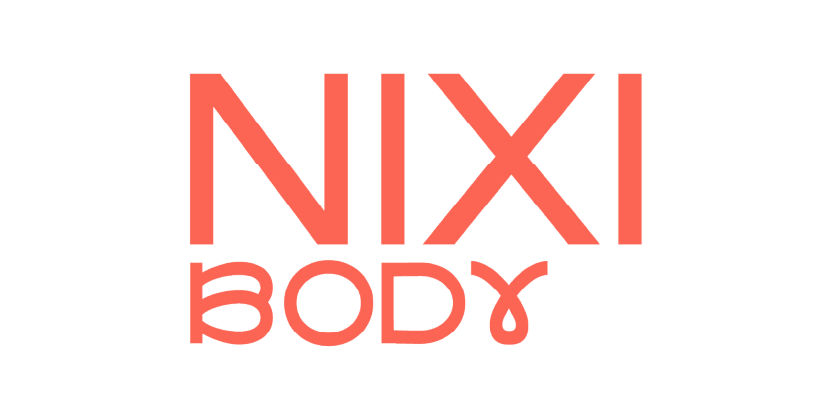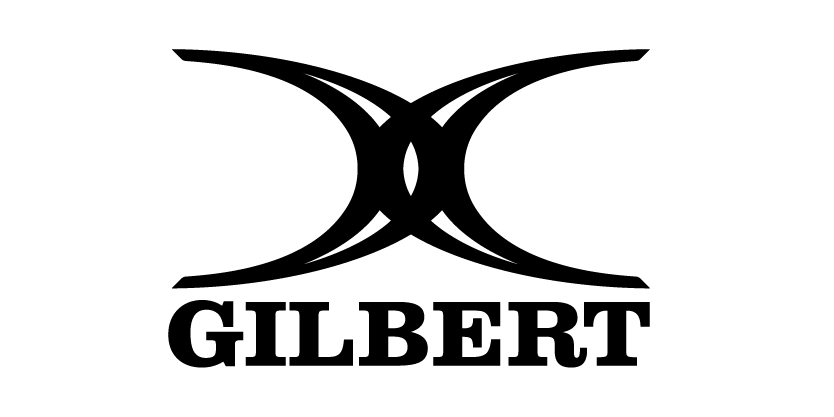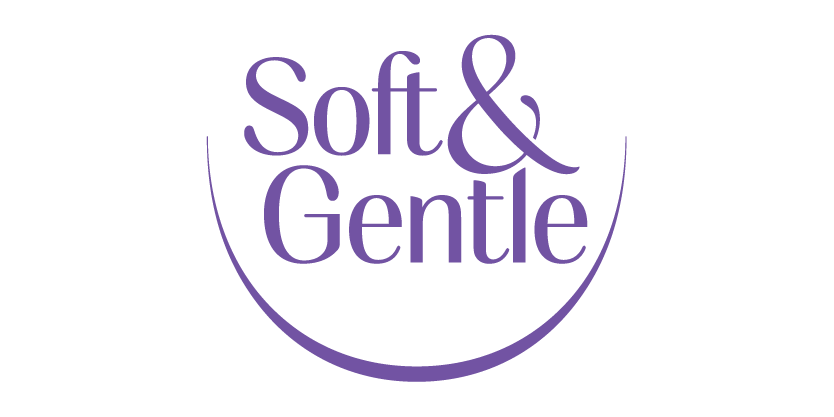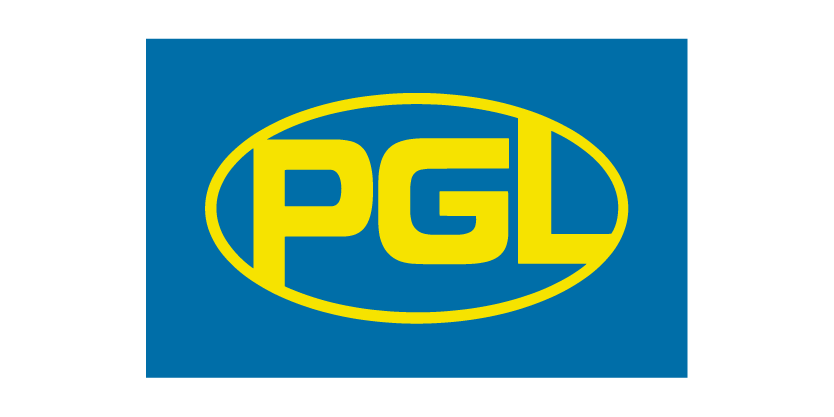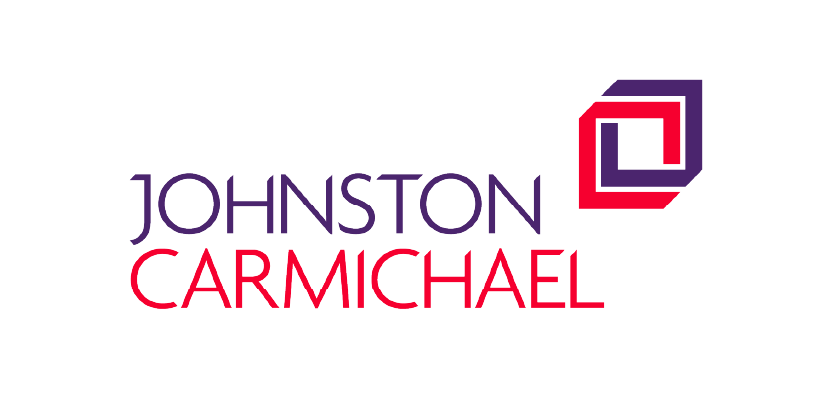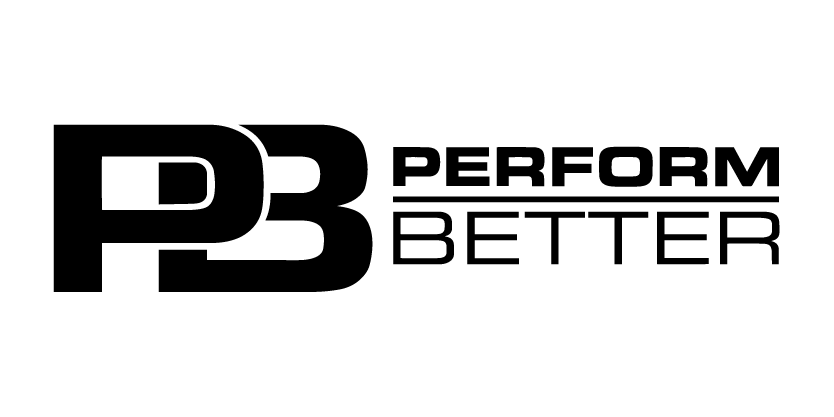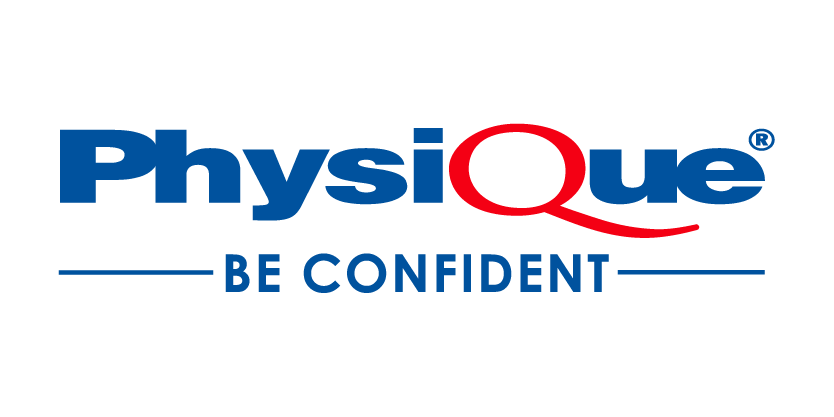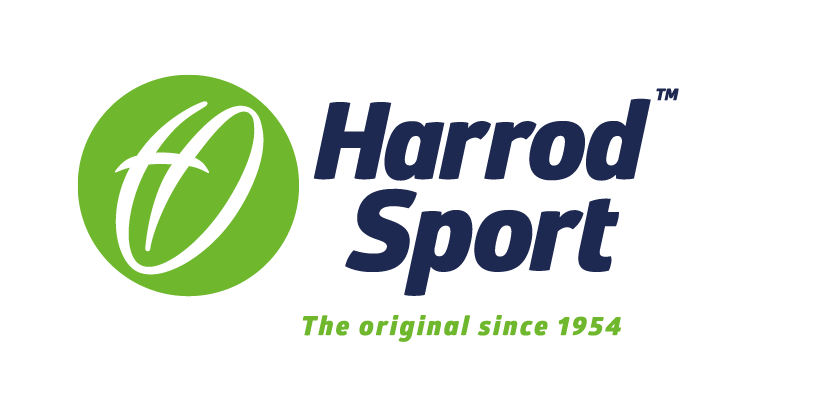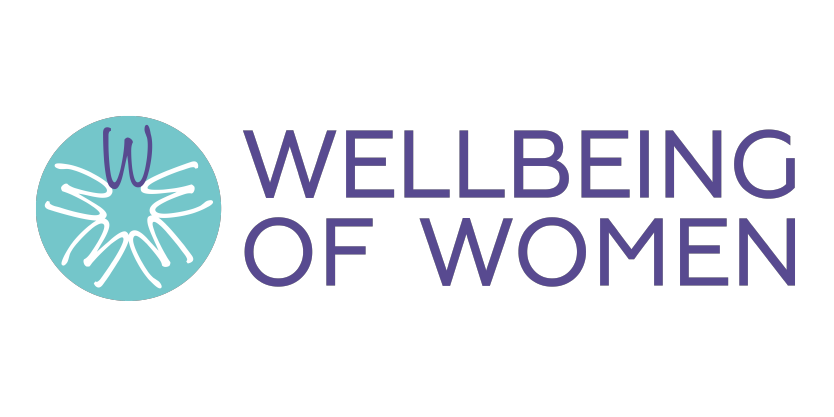Click play for an audio readthrough of this article
Exercise is magic medicine – a vital part of staying healthy and happy … provided you stick to a few golden rules.
Exercise can be the gift that keeps giving for midlife women. Beyond the obvious health gains, it’ll support your mind and mood; your confidence, sleep and metabolism. It can keep stress at bay and breathe new life into your muscles, joints and bones.
But for those of us who like to train and play hard there are some things we can no longer ignore … and we now need to write them into our routine.
1. Set fuel to full
All bodies need sufficient fuel but that’s especially true now. Midlife is absolutely not a time for starvation diets or shorting your fuel supply, it’s about giving the body the energy it needs to move … and the nutrients it needs to fight off injury and illness.
It’s food – it’s the bedrock of good health.
A healthy balance of energy in versus energy out will power exercise and recovery, stave off physical issues, stabilise your mood and boost your sleep.
And here’s a quirk: midlife hormone patterns, including stress hormones (which increase if you underfuel), instruct the body to lay down fat around the midsection.
So as much as eat more to keep the weight off might sound counter-intuitive, the midlife body has a different chemistry … the rules have changed.
2. Warm up to send a message
The midlife body has already accomplished a lot and it can still move brilliantly; provided we support it in the right ways. That means a solid warm up.
In midlife, muscles and bones are more vulnerable than in younger years. They don’t cope overly well when they’re suddenly jolted into action and too many midlife women wind up injured (again and again) because they attack exercise without a decent warm up.
So in midlife it’s essential (not optional) to properly prepare yourself physically and mentally for the stress of netball training or a match.
A flowing warm up built on stretching or dancing that gradually builds in intensity will get your body ready to move, train and perform. Try not to view your warm up as just an annoying bit to get through … really use the time to check in with your body and focus on how it’s feeling and moving ahead of a workout.
3. Cool down to counter pain … and fat gain
Exercise stresses the body. That’s how we get fitter. But midlife is a stressful time in and of itself … and too much stress can make the body (and the mind) less tolerant and resilient.
Stress in midlife is both chemical and psychological. It’s chemical because cortisol or ‘stress hormone’ levels are up, and it’s psychological because menopause symptoms are disrupting your already-busy life.
A stress response to exercise is normal and necessary, but a deliberate and focused cool-down is essential to help with the recovery from this stress. Skip the cool-down and you’ll leave a big pile of unprocessed bodily stress which, allowed to linger, can cause extra pain and longer recovery.
You read this earlier, but if the body doesn’t de-stress, then all that excess cortisol encourages our body to lay down fat around our tummy. Given the ‘middle-aged spread’ is something you probably want to avoid, make sure to safely wind down after every session via stretching, deep-breathing and / or a significant walk.
4. Stay hydrated, stay resilient
Staying well-hydrated during exercise is always a good idea, but in midlife it’s a non-negotiable.
That said, women with pelvic floor issues (primarily leaking) often fear drinking too much in case the obvious happens. We cover this in point 5.
But the midlife body thrives when it moves, and when it can move. Hydration is an essential part of powering that movement and, basically, is extra insurance against stress and recovery pains that can later impact mood, sleep, and general wellbeing.
A body that isn’t adequately hydrated is a superhighway for niggles so it’s vital we hydrate and flush the pain away..
5. Support your pelvic floor
(so it continues supporting you)
It’s fair to say that women, in general, don’t give the pelvic floor the love and attention it needs. And really, you could breeze through life experiencing no pelvic floor issues at all …
Until you get to midlife, that is.
With oestrogen levels tapering down (as happens in menopause), the pelvic floor is suddenly starved of the hormones it needs to maintain business-as-usual functioning. Cue common issues and symptoms such as leaking (urine), incontinence, vaginal dryness, pelvic and/ or back pains to name just a few.
If you’re currently worried about your pelvic floor, book in to see an expert and / or click here to find a Women’s Health Physio. Either of these professionals can identify any problems you have and recommend solutions from there.
Recommended solutions will likely include pelvic floor exercises because they’re the easiest and most effective way anyone can strengthen and condition the pelvic floor.
Going forward, we recommend two minutes of pelvic floor work as part of every exercise session. Do this and you’ll train up one of the body’s most under-appreciated power centres, adding a resilience that’ll stave off significant issues, now and in future.
Learning to tune into your pelvic floor (sooner rather than later) means getting to know your normal. And when you know your normal you’ll be able to identify abnormal … and seek solutions before small problems become life-limiting issues.
As a reminder, the content of the course belongs to The Well HQ. You have permission to access and use the content yourself or, if you are an organisation, for the number of users selected, but are not otherwise permitted to share such content with others, all in accordance with our Course Terms and Conditions.

